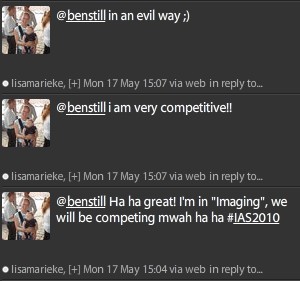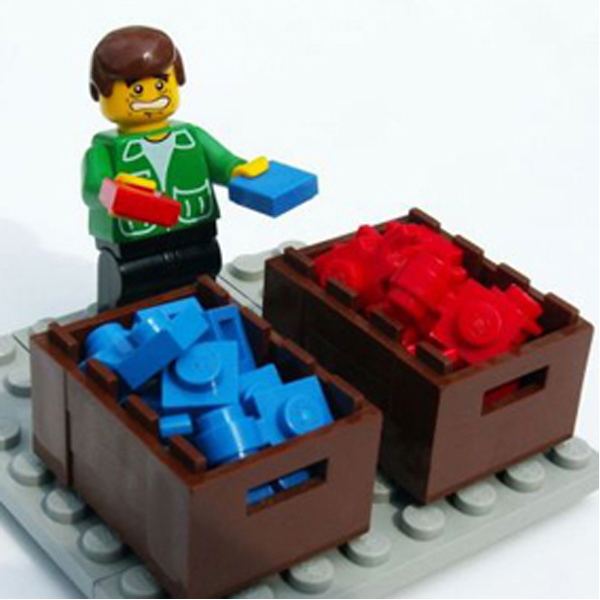Today we are excited to announce the winners of the Healthcare Engagement Strategy Awards 2010.
“Today I am very excited to announce yet another step along our data portability journey.”
Don’t get me wrong. I’m sure the people quoted above really were very excited about their products and launches. I’m not good at self-promotion, so it makes me incredibly proud to see the level of excitement that participants in I’m a Scientist are showing with still nearly 4 weeks to go before the event starts properly.
The scientists were selected on Friday based on ratings given by students and teachers who are participating in the event. It was not an easy process. Nearly 200 scientists to fit into 100 spaces. Some very good scientists discarded at the end. Next year…
An email went out Friday night and the first tweeting started soon after. Sophia has already built an I’m a Scientist list of those who we know are on twitter (currently 20, but I expect it will rise). But 140 chars is a little limiting. This morning however I read a couple of blog posts from two of our participants and my chest swelled with pride by the way they wrote about our event and their EXCITEMENT about taking part.
Andrew Maynard from 2020 Science started:
Stephen Curry, from Imperial College London tells us:
“I confess to being a little bit terrified.”
I’m also really impressed by the collegiate atmosphere emanating:
Stephen: “there is an impressive total of 100 scientists taking part – split into twenty groups of five.”
and there is already jostling and positioning occuring via Twitter. This series of tweets from @LisaMarieke makes me giggle:

Followed by this a few hours later 😉
We’re lucky that we’re working with a group of people, scientists, who are so passionate about their work that they fight to give up their time to talk about it, but credit also needs to go to Sophia (aka @imascientist) for tirelessly encouraging scientists to apply and making enormous efforts to spread the word about how enjoyable the event is. It’s also the small things such as being quick to publish a list of participants, to create a twitter list. It’s the smart things like getting students and teachers to rate the descriptions given by the scientists. It’s because we are doing it large. As Andrew Maynard, who has some experience of science engagement, says:
But it is also because, in the end, it is a great project that engages young people and scientists


0 Comments